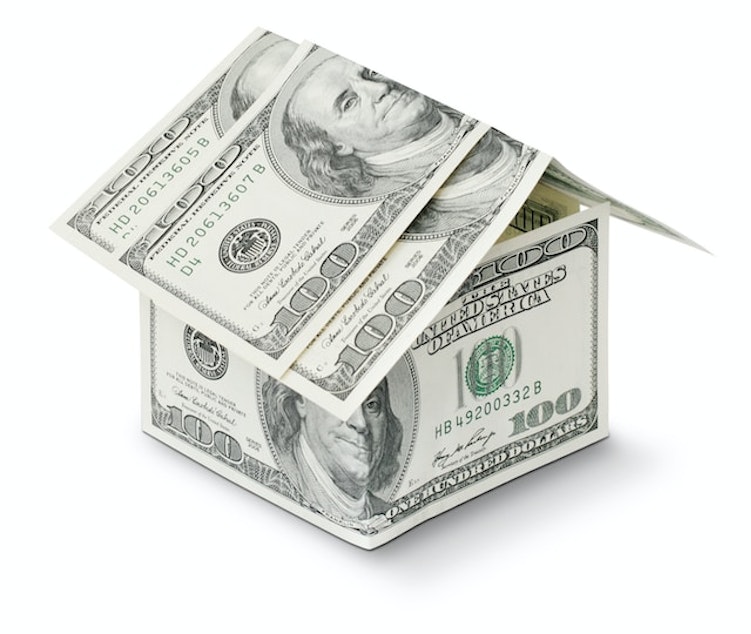Homeownership has long been a cornerstone of the American Dream. But should it be?

Interest rates for a 30-year fixed mortgage are currently hovering around 7.5%. Plus, according to the Economist, American home prices have risen 40% since 2020.
Combine all of these factors and you have a recipe to put ownership out of reach for most families.
What does that mean for generational wealth building, social dynamics, and the idea of the so-called American Dream?
Writer and journalist Anne Helen Petersen said that she feels like she just managed to squeeze into homeownership.
"The first house that I bought was in Missoula, Montana, and I managed to put together like $50,000," Petersen said. "And had to pay the mortgage, insurance, and all that stuff. But it was like, 'We did it. Oh my gosh, we did it.'"
If she had started saving a year or two later, or started looking later, Petersen said that likely wouldn't have been the case.
"It just feels like luck, right?"
But it's also easy to feel guilty, she added.
Sponsored
"Just because I was able to start saving a little bit earlier, just because I have a partner, shouldn't mean that I should be a part of the housing market and someone else shouldn't be."
For many people, buying housing is seeming further and further out of reach. And that, Petersen said, has an impact on how people shape their lives, and their futures.
"We have been told that being able to buy a home is a sign of success," she said. It's how a person can build generational wealth, or guarantee enough saving for your kid's education, or paying for child care.
"What homeownership promises is some modicum of stability, and that seems out of reach."
Darryl Smith, Executive Director of Homesight WA, a community development financial institution, agrees.
Sponsored
"You have a perfect storm of higher interest rates, very few starter homes on the market, very few homes period, because folks don't want to sell."
Smith said that, historically, for many people homeownership has been out of reach for generations. Racially restrictive covenants across Washington state, and redlining in most American cities have meant that many families of color and low-income families have been unable to purchase property.
That, Smith said, is where community development financial institutions come in to play. They're nonprofit developers and lenders focused on serving low- and moderate-income families.
"For example, our credit score requirement is lower than a bank's [and] we require 1% down for a mortgage from homebuyers," Smith said.
They also provide homebuyer education, and certified counselors to work with clients.
Sponsored
But, Smith added, even a community development financial institution can only do so much in a difficult market. When there's less inventory on the market, it means their clients have fewer and fewer choices.
Smith said Homesight WA tries to close the gap between what someone is qualified to purchase, and what the home is priced at.
"The challenge is many of our clients are not bringing a bucket, if you will, of money with them as down payment into that transaction. So closing the gap for us is really challenging."
For E. David Blum, there's one reason for the current state of the market: supply. Blum is a teaching associate with the Department of Urban Design and Planning at the University of Washington’s College of Built Environments.
He said the only way to create more supply is to build more housing.
Sponsored
"In a city like Seattle, the overwhelming majority of building permits are issued for the construction of rental housing," Blum said. "If you can't build, because it's not legally permissible zoning, or it takes so long, i.e., three years to pull a building permit, nobody will do it."
But Blum, Smith, and Petersen all agree that housing is still a worthwhile investment, when it's available.
How to actually afford a home, or create the supply to bring down demand? That's a little harder.





